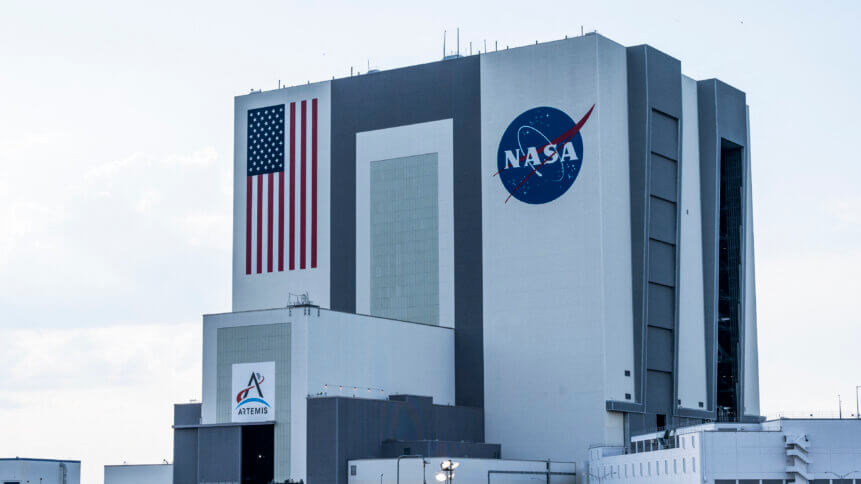IBM and NASA collaborating to study climate change using AI

A new study published on Monday by Stanford University and Colorado State University indicated that the world is on the brink of breaching a critical climate threshold. Researchers used AI to predict warming timelines and found that 1.5C of warming over industrial levels will probably be crossed in the next decade. Since AI has been a game-changing critical enabler to speed up our race against climate change, IBM and NASA have decided to collaborate on the same work — the study the impact of climate change using AI.
In a blog posting, IBM announced that it would work with NASA’s Marshall Space Flight Center to significantly use AI for climate change research to improve large datasets’ research analysis. The collaboration would enable the discovery of new insights in NASA’s massive trove of Earth and geospatial science data, using the AI technology of IBM. “The joint work will apply AI foundation model technology to NASA’s Earth-observing satellite data for the first time,” IBM said in its blog posting.
For context, the research by Stanford and Colorado State University utilized a neural network or a type of AI that recognizes relationships in vast sets of data. Then the scientists trained the system to analyze a wide array of global climate model simulations and then asked it to determine timelines for given temperature thresholds. In the case of IBM, foundation models are types of AI models trained on a broad set of unlabeled data, which can be used for different tasks, and can apply information about one situation to another.
How will IBM utilize its AI foundational model?
Those models have rapidly advanced the field of natural language processing (NLP) technology over the last five years, and IBM is pioneering applications of foundation models beyond language. As IBM’s principal researcher Raghu Ganti explained, foundation models have proven successful in natural language processing and, he said, “it’s time to expand that to new domains and modalities important for business and society.”
He also believes that applying foundation models to geospatial, event-sequence, time-series, and other non-language factors within Earth science data could make enormously valuable insights and information suddenly available to a much wider group of researchers, businesses, and citizens. “Ultimately, it could facilitate a larger number of people working on some of our most pressing climate issues,” he added.
IBM’s foundation model technology has the potential to speed up the discovery and analysis of these data to quickly advance the scientific understanding of the Earth, and our response to climate-related issues. On top of that, IBM and NASA have plans to develop several new technologies to extract insights from Earth observations. One of the projects will train an IBM geospatial intelligence foundation model on NASA’s Harmonized Landsat Sentinel-2 (HLS) dataset, a record of land cover and land use changes captured by Earth-orbiting satellites.
“By analyzing petabytes of satellite data to identify changes in the geographic footprint of phenomena such as natural disasters, cyclical crop yields, and wildlife habitats, this foundation model technology will help researchers provide critical analysis of our planet’s environmental systems,” IBM noted.
Another output from this collaboration is expected to be an easily searchable corpus of Earth science literature, the company added. Previously, IBM has developed an NLP model trained on nearly 300,000 Earth science journal articles to organize the literature and make it easier to discover new knowledge.
“Containing one of the largest AI workloads trained on Red Hat’s OpenShift software to date, the fully trained model uses PrimeQA, IBM’s open-source, multilingual question-answering system. Beyond providing a resource to researchers, the new language model for Earth science could be infused into NASA’s scientific data management and stewardship processes,” IBM said.
For NASA’s Marshall Space Flight Center’s senior research scientist Rahul Ramachandran, the beauty of foundation models is that they can potentially be used for many downstream applications. “Building these foundation models cannot be tackled by small teams. You need teams across different organizations to bring their different perspectives, resources, and skill sets,” he added.
Other potential IBM-NASA joint projects in this agreement include constructing a foundation model for weather and climate prediction using MERRA-2, a dataset of atmospheric observations. IBM said the collaboration is part of NASA’s Open-Source Science Initiative, a commitment to building an inclusive, transparent, and collaborative open science community over the next decade.










